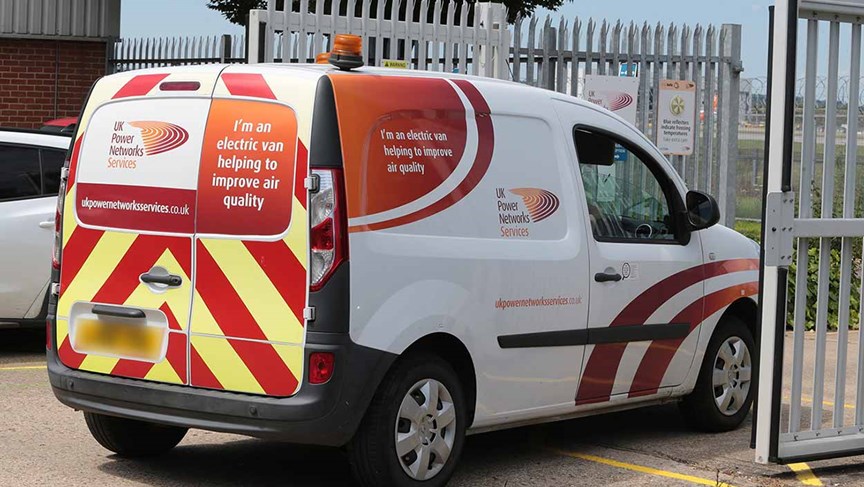Case study
30 Years in Aviation: Gatwick
Over the past 30 years, our team has continued to grow in size and ambition as we've supported Gatwick airport to identify new supplies, new connections and new renewable energy systems.
Client
Gatwick, near Crawley in West Sussex, is the second busiest airport in the UK and a major European transport hub. In 2022 it served 32.8 million passengers: an average of more than 89,00 people per day. The airport also serves as a freight hub across its two terminals, handling a volume of 150,000 tons of cargo per year.
Gatwick is the UK’s best-connected airport, with direct connections to more stations than any other European airport. More than a quarter of the entire population of England can access Gatwick by road or rail within 60 minutes.
Challenge
Security and reliability of electricity is mission critical for Gatwick’s 24/7 operations. Even an interruption of a few seconds could have a knock-on effect on baggage systems and cargo shipments. This could take many hours to resolve and lead to significant lost revenue and passenger disruption. Gatwick also fundamentally relies on a resilient power system to ensure continuous support services to all its passengers, employees, and partners, including freight and cargo operators, passenger retail or restaurants, emergency services, rail links, and airline operators.
Operating, maintain and upgrading this highly secure private network is a significant challenge over Gatwick’s large footprint, which covers more than six million square metres. This requires over 60 high voltage electrical substations and over 150 power transformers with 350km of cable to keep power flowing day in, day out.
We’re also supporting Gatwick to make progress on its sustainability goals. The airport is currently a member of the UK’s Sustainable Aviation Coalition, which outlines a path for the sector to reach Net Zero emissions by 2050. Among Gatwick’s targets are to reduce noise pollution, improve local air quality and biodiversity, streamline waste and water usage, and reduce its direct carbon emissions from airplanes and transport.

Approach and Innovation
As a strategic energy infrastructure partner, our approach has been to work with Gatwick to jointly develop and manage a world class, safe, cost effective and continuously improving network. We’ve placed our clients’ needs first, designing our services based on the principles of openness, trust, sharing of mutual benefits, and aligned to the airport’s strategic business objectives.
Some of our actions to maintain network reliability include hosting a 24/7 standby service to attend faults, continuous asset monitoring, replacement and refurbishment, and implementing a sophisticated protection and SCADA system that detects issues and minimises disruption.
We also regularly model network capacity, demand and generation on site to pinpoint and act on opportunities to maximise value. This allows us to not only ensure complete resilience of the network, but also help the airport plan its future energy system and meet long-term sustainability targets.
Delivery and collaboration
Over the last five years we have developed our strategic plans to allow Gatwick to grow and achieve its business goals. During that time, we have also delivered many client-driven projects to improve experiences for passengers.
Recent major energy infrastructure upgrades we’ve worked on include:
-
A new South Terminal Pier 1 costing £186m featuring 5 dual-boarding gates, state of the art air gate rooms and a new £45m baggage handling system
-
New Hotel North Terminal
-
New Boeing Hanger costing over £100m to support long haul routes; and
-
Relocation of strategic Large Aircraft & refurbishment of aircraft stands to allow for enhanced passenger experience.
To assist Gatwick, we model network capacity, demand and generation. From this we help the airport identify other development opportunities to maximise the value from their existing network.
In focus: powering electric vehicle chargers
In early 2022, we worked with Gatwick to deliver 12 new electric vehicle chargers as the first of a four-phase roll-out of employee chargers. During the design phase, we helped identify four target car parks across the Gatwick campus which were best suited for cost-efficient chargers.
We completed the work on time and on budget in just six weeks, including the installation of brand-new electrical infrastructure on site. This included the construction of a new feeder base, EV charging points, EV charger installation, and charger commissioning. During the works we also proposed and installed a safe, defined green walkway at the rear of the parking spaces to the make sure staff had safe passage after plugging in.
The chargers are supporting Gatwick’s ‘Decade of Change’ sustainability policy which aims to reduce emissions from airplanes and the transport used to reach the airport. Among its sustainability targets are for 60% of journeys to and from the airport to be zero or ultra-low emissions by 2030.




